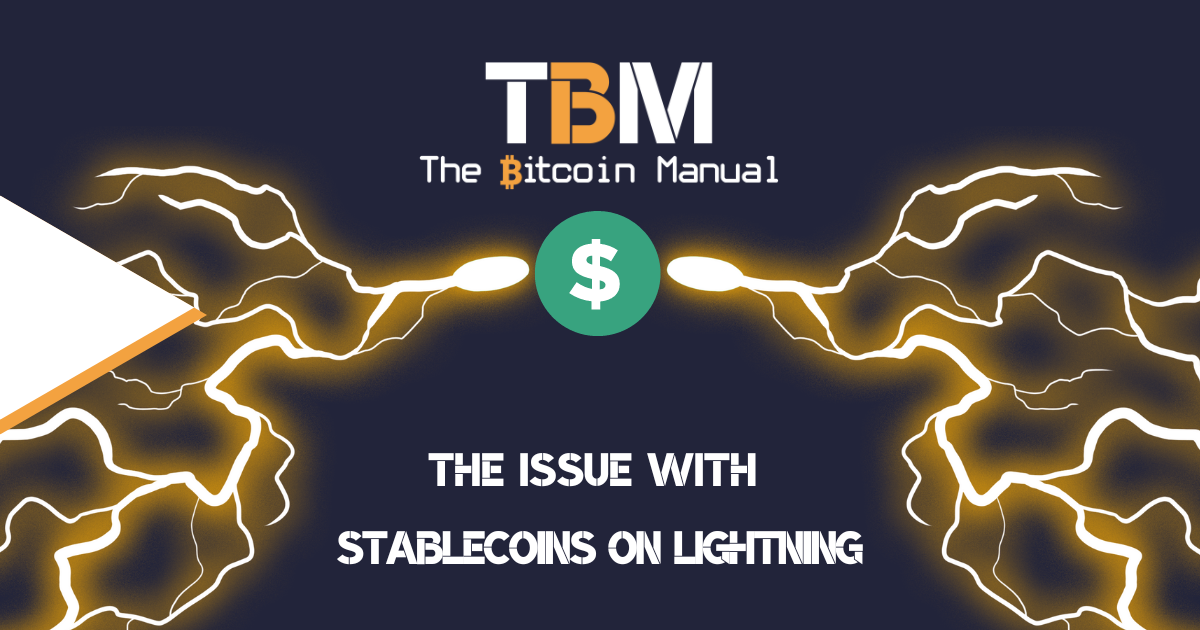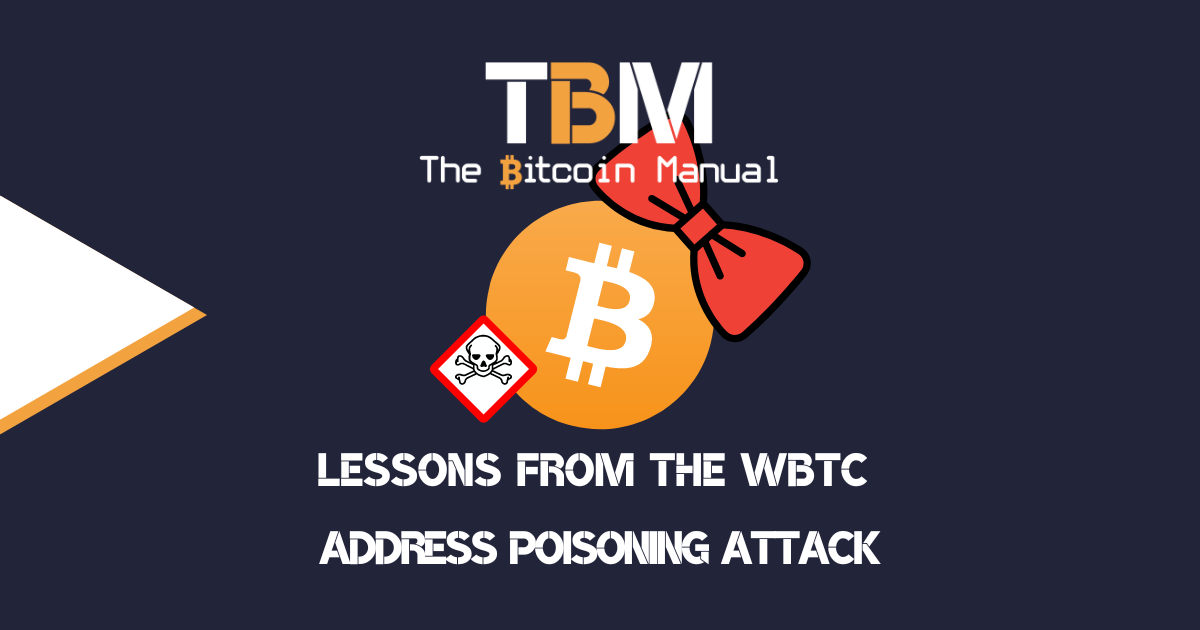Non-Fungible Tokens
Home » Bitcoin Finance » Non-Fungible Tokens
NFT’s have become a cultural phenomenon in recent years due to the shoddy implementations and assumptions created in the broader digital asset ecosystem, which has resulted in a wash trading bubble of epic proportions. These non-sensical implementations have garnered much media attention for the level of stupidity, and rightly so, it’s a misuse of the technology and a misunderstanding of what a blockchain can do.
Although these bad takes on NFT’s, there are still potential concepts and business models that should not be entirely dismissed. Once you understand its limitations and work within the framework, it can provide some rather exciting use cases.
An NFT provides the framework for trading certain assets and using the bitcoin blockchain as a record-keeping device but DOES not enforce any real-world rules. An NFT can be used as a digital copy of something that claims value, like a voucher, ticket, receipt or contract. It can record this data in an immutable blockchain making legal disputes easier.

What is an NFT?
NFT stands for Non-Fungible Token, which to a blockchain is a non-interchangeable unit of data stored on its ledger. The asset or token can be transferred, sold and traded using the ledger to record ownership.
An NFT is different to a standard token like a bitcoin in that one bitcoin while different in ownership, UTXO, minting date and transfer history still represents one bitcoin. An NFT, however, would be unique and can hold a different value or restrictions based on the parameters set out when it was minted. No two NFT tokens would have the same data referenced and are therefore not fungible or easily exchangeable for one another.
When an NFT is created, it uses a specific cryptographic hash signature that is unique to that token and can be identified as unique based on records on the blockchain. Along with that unique signature, certain metadata can be included in the token that references data external to the chain.
An NFT can reference an image, a file, a name, parties involved and a host of metadata, but you CANNOT store a file within an NFT; this is impossible, as it would create blocks of various sizes and break the limitations of a blockchain and render it completely useless.
To use an NFT on a decentralised ledger, it has to be limited to a certain amount of metadata. However, that metadata could reference files or other signatures you can access with more data on the asset it’s referencing or representing. As you can tell, this leaves an obvious flaw that while it can provide a record, it cannot enforce rules on people or institutions that live outside the blockchain.
An NFT can be a robust method of managing ownership but can’t enforce the ownership. That would be up to the agreements made by two parties or centralised entities to use the NFT as a record-keeping method for services or products.
How Are NFTs used?
NFT’s can be used as a method of record-keeping for items of value such as concert tickets, redeemable vouchers, in-game items, contracts details for claims to real-world items. Any NFT that is minted on a blockchain is only backed by the individual or the centralised entity that mints the NFT; there is no value in an NFT simply because it’s added to the chain.
Gaming NFTs
For example, if you have an in-game item, you could trade it back to the games marketplace or sell it to another player as long as the game and third party gaming marketplaces exist. If the game is taken offline, the NFT has no use and is therefore worthless. It could have sentimental value and remanence of a particular time or project, but it doesn’t mean you own something of value.
Ticket NFTs
Another example would be concert tickets; you could purchase one and use your wallet signature to prove ownership upon entering the concert venue. You could also sell the ticket to someone else and transfer ownership of the NFT ticket to another person. If the concert venue is changed, cancelled or rescheduled, it’s still up to the central entity which issued the ticket to ensure your NFT remains valid for access to the event.
Art NFTs
A widespread use case for NFT’s would also be the tokenisation of digital art. In contrast, this could be used as a patronage method, purchasing digital copies to support an artist. Ut does not mean you own something of value, even if it can be traded or sold. You could buy an NFT that is a claim on a contract that you own a physical piece, but these are all backed by the artist or the gallery, and again is not a decentralised process. It requires a centralised entity to provide the value or promise of value.
Note: The bitcoin base chain does not have support for NFT’s, but they can be minted on the Liquid network side-chain or the RGB side-chain.
NFT Platforms using Bitcoin
If you’re keen on exploring the world of NFT’s as it expands on the bitcoin network, then check out the following platforms listed below.
Note: Token Ocean listed below is not an NFT marketplace but a white-label service that helps businesses build NFT marketplaces on the Liquid network
| Platform | Network | Website |
| Diba | RGB network | https://diba.io/ |
| Elixir | Liquid network | https://elixir.app/ |
| Mintalio | Liquid network | https://mintalio.com/ |
| NFTglee | Liquid network | https://www.nftglee.com/ |
| Ordinals | Main Chain – Ordinal Theory | https://ordinals.com/ |
| Ordinals Market | Main Chain – Ordinal Theory | https://ordinals.market/ |
| OrdSwap | Main Chain – Ordinal Theory | https://ordswap.io/ |
| OpenOrdex | Main Chain – Ordinal Theory | https://openordex.org/ |
| Raretoshi | Liquid network | https://raretoshi.com/ |
| Scarce City | Liquid network | https://scarce.city/ |
| Stamp Chain | Main Chain – CounterParty | https://stampchain.io/ |
| Token Ocean | Liquid network | https://www.tokenocean.io/ |
| Unisat | Main Chain – Ordinal Theory | https://unisat.io/ |
Share with a friend
If you thought this information was helpful why not share it on your favourite social media network and encourage others to learn more about Bitcoin
The latest news from our blog

The Social Engineering Hacks Will Continue Until Self Custody Improves
When you decide to store your wealth in Bitcoin, security is paramount. The blockchain spares no expense in securing blocks for a reason, and you

The Issue With Stablecoins On Lightning
The Bitcoin Lightning Network (LN) has emerged as the most promising solution to Bitcoin’s scalability issues. It’s the only layer two offering unilateral exit and multiple implementations

Lessons From The WBTC Address Poisoning Attack
In May 2024, the altcoin world threw up another epic loss for the ages when a whopping 1,155 WBTC (Wrapped Bitcoin), valued at over $70
